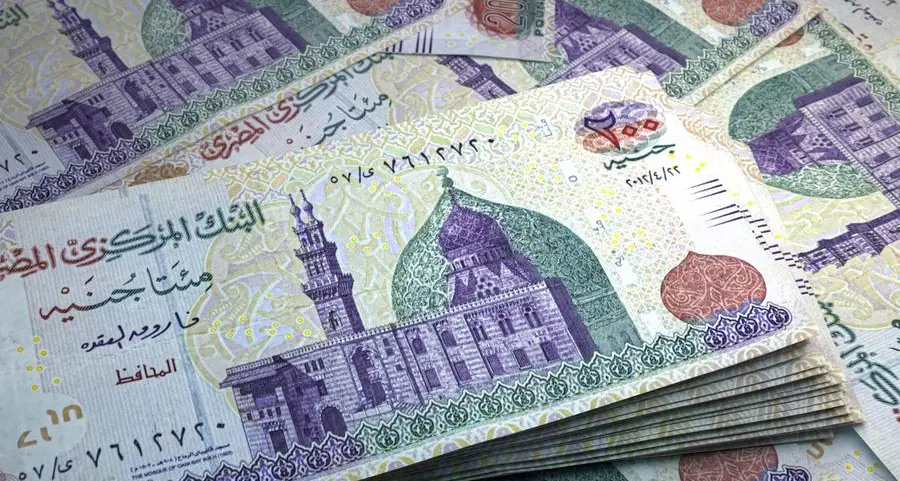The world’s leverage is at a higher level than pre-global financial crisis (GFC) peaks. Yet demand for debt is likely to continue. Rising interest rates and slowing economies are making the debt burden heavier and to mitigate the risk of a financial crisis, trade-offs between spending and saving may be necessary.
The record debt which global governments, households, financial corporates, and nonfinancial corporates owed in June 2022 was $300 trillion, as estimated by the Institute of International Finance. That $300 trillion is equivalent to 349% of global gross domestic product and is 26% higher than the pre-GFC figure of 278%. For perspective, $300 trillion works out to $37,500 of debt for every person in the world, compared with a GDP per capita of just $12,000.
We have seen that global productivity from debt has declined due to the upward trend of global debt-to-GDP ratios since the GFC. The economic value-add from every additional dollar of debt has decreased, while leverage of the government sector has grown aggressively. The sector’s debt-to-GDP ratio rose 76%, to a total of 102%, from 2007 to 2022. Whereas mature market governments and nonfinancial corporates tend to be more leveraged. Further, corporates in some European, Japanese, and emerging markets operate at higher leverage levels. China is of particular concern, as its debt makes up a third of global corporate debt. Meanwhile, the percentage of U.S. speculative grade issuers with ratings of 'B-' and below doubled to 36% in September 2022 compared with September 2007.
Financial sectors were more conservative with 85%, which poses a risk as higher returns are required. To add, central banks are raising policy rates and investors are demanding higher yields in response to inflation. We see 2022 as the inflexion point of the monetary environment moving away from low interest rates and easy money. Higher yields imply a repricing of assets while tighter money could translate to lessened market liquidity.
Interest burden
Higher interest expenses are already straining less-creditworthy governments and corporates, as well as lower-income households. The fed funds rate went up nearly 4 percentage points (pp) in 2022, and the European Central Bank rate by 2 pp. Applying the average of the two rates (3 pp) on the floating-rate portion of debt (assuming 35% of debt is floating and 65% is fixed) implies an additional annual interest expense of $3 trillion. This is equivalent to $380, or 3% of GDP, per capita, on average debt of $37,500. As fixed-rate debt is increasingly refinanced, this amount will rise over time to $8.6 trillion, or $1,080 per capita.
The price of an asset is, in theory, its discounted cash flow. Unsurprisingly, the stock market corrected in 2022. The S&P 500 index price-to-earnings ratio (PE) was 29x at the end of November 2021, implying a 3.5% discount rate (inverse of PE). This rate is about the average yield for U.S. 'BB' corporate bonds in 2021. The PE is now 19x, implying a 5.2% rate—slightly below the 'BB' yield in 2022. Previously, borrowers were able to take on low-return projects because of low interest rates. Such projects now require higher return thresholds, making them less viable. This development will add to financial pressures on borrowers and dampen future business activity volumes.
By examining three possible scenarios for the year 2030 of the global debt leverage trend—base case, pessimistic, and optimistic—it is our belief that there will be no easy way out.
Our base case scenario assumes global total debt leverage over the next eight years, by 2030-end, will grow by 5%, which is about the same rate as that for the eight-year period before COVID-19 hit in 2020. We see the leverage rising slightly faster for mature markets than for emerging markets, as we expect more GDP growth upside for the latter markets. Altogether, the projected global debt-to-GDP ratio could reach 366% in 2030 versus June 2022’s 349%. For rated sovereigns, our base case sees the total gross debt-to-GDP ratio of mature market sovereigns rising marginally to 107% by 2025 from 106% in 2022. For emerging markets, the projected ratio remains roughly flat at 65%.
If global borrowers freely take on more less-productive debt, for example, because governments give in to populist demands or lenders are overly desperate to book assets, the projected debt-to-GDP ratio could hit a much more worrying 391% by 2030, up 12% from June 2022’s 349%.
In an optimistic scenario whereby governments and regulators collectively decide to manage their economy’s leverage down with a goal to return to pre-COVID-19 levels by 2030, the debt-to-GDP ratio would decline by 8% to 321% by 2030-end. The ratio in the first quarter of 2019 was 321%. This does not imply that no new debt is formed, but rather that productive new debt replaces unproductive old debt.
As Carl Jung said: “No tree, it is said, can grow to heaven unless its roots reach down to hell.” Avoiding the hell of a debt crisis may require ensuring only productive new debt is deployed, writing down unproductive debt, curbing overconsumption and restructuring loss-making enterprises. These actions may not be popular. A “Great Reset” of community acceptance of more judicious spending and policymaker caution about debt may be needed.























